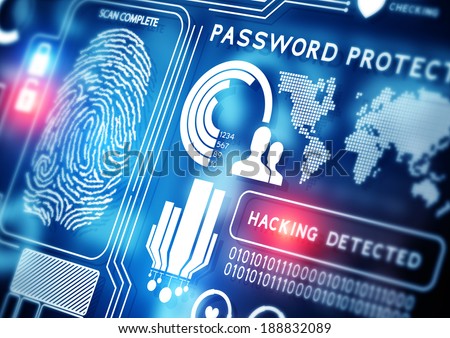With the coming of information era, wireless network applications and touch screen technology improvements such as the iPad, Kindle Fire and Android tablets, paperless intelligent meetings has become a new trend.
From the event planer point of view, when planning an event, they have
to print out large copies of participants’ packs. Since paper documents are heavy, difficult to search, back up, share, and not environmental friendly, why
not organize paperless events instead of traditional ones?
 |
| Source: http://www.businessnewsdaily.com |
The Benefits of a Paperless Conference
Information at your
fingertips
The participants can simply refer to the meeting content at anytime on
the tablet devices. Event planer just need to provide your information and do
not have to print copies of presentation slides.
Convenient
By using electronic materials, participants can have all the information
on their tablet devices. So the participant can just carry the tablet devices
instead of a conference booklet or bundles of paper.
Green
This is an excellent way to be eco friendly. Using electronic materials
instead of paper documents will save lots of paper.
Cater for last minute
changes
During the events, anything can change even at the last minute. Using a
tablet device, changes can be made easily and quickly. You can manually cross
items out from your system.
Take away
The paperless system can make it continent to participants who want to
take away conference booklets and papers. They can even receive any notes they
have taken.
 |
| Source: http://www.taiden.com |
Strategies for creating a
paperless conference
Create an event app
A comprehensive event app is necessary for a paperless event. The app
will be able to provide all the updated information of the event and the access
to download all the documents including presentation slides. It will be
convenient to allow users to take notes and make bookmarks in the slides. The
app should be easy-to-use and be able to work without Internet connection.
Reward attendees that
support your efforts
It will be encouraging to reward attendees and exhibitors who support
your paperless efforts. You can make a special icon on the badges or the booths
to indicate their paperless choice. You can offer special gifts or even
discount for their registration or booth.
Communicate more with
attendees
You should communicate with attendees in advance to make them understand
why you are making your events paperless. During the event, you should interact
with them onsite and through event app to see what they need regarding to the
paperless working environment. After the event you should ask for feedback and
make evaluation.
In conclusion, going paperless is the trend that is worthy to paying effort
for. And it needs the efforts from both the event planners and attendees.
Authors:
Hongyin ZHANG & Bao WANG
Sources:
http://www.groupdynamics.co.uk/articles/the-benefits-of-a-paperless-conference/
http://www.corbinball.com/articles_technology/index.cfm?fuseaction=cor_av&artID=8892
http://ativsoftware.com/2012/07/10-strategies-towards-paperless-events-conferences-and-meetings/


.png)


